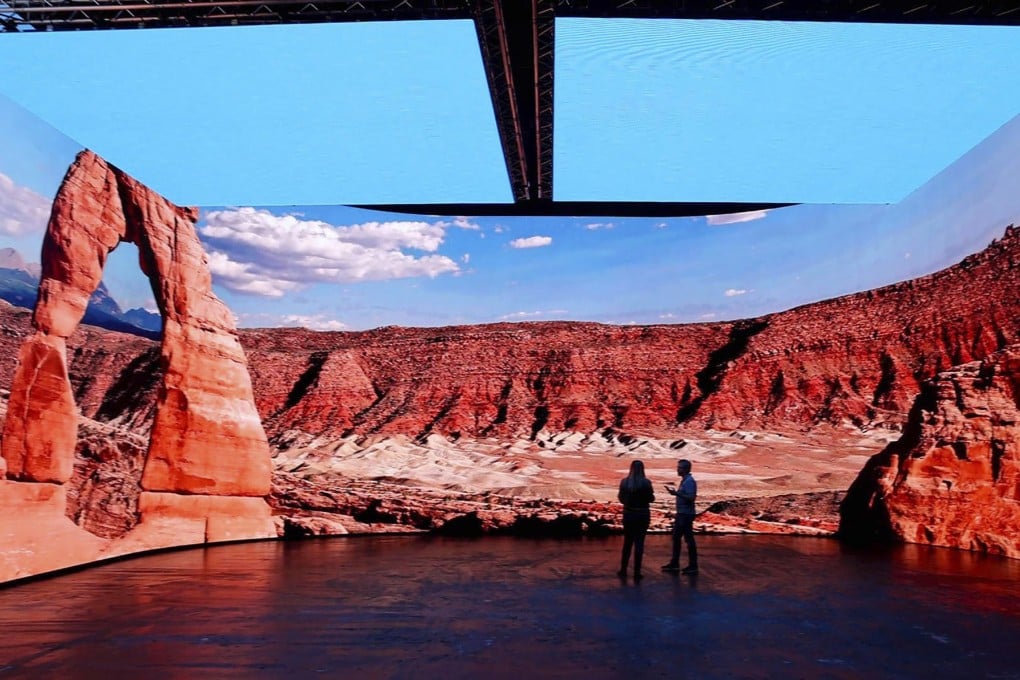Opinion | Emerging tech like virtual production is evolving rapidly. Is Hong Kong ready?
- Virtual production is gaining industry and government support as it is safer and more time- and cost-efficient than traditional filmmaking methods
- That interest extends to Hong Kong, where the government needs to explore funding and support to keep pace with emerging technology and nurture local talent

Virtual production is when creators use real-time game engines to create interactive virtual backgrounds and put them on large LED volumes – a system of linked high-end LED panels used to display video footage or 3D content – to create a realistic film set.
Special effects that are normally added in post-production are instead brought forward to pre-production. In essence, virtual production enables physical – that is, actors and props – and digital elements, such as special effects, to come together in real time.
Compared with traditional methods of filmmaking, this can be more time- and cost-effective. The workflow allows for on-the-spot iteration and modification of scenes without posing too much risk to the production timeline or budget. Lighting, colouring and other background visualisation can all be altered in real time. A sunset could become a sunrise in an instant, for example. This can shorten week-long, multi-location shoots into several days in a studio.
